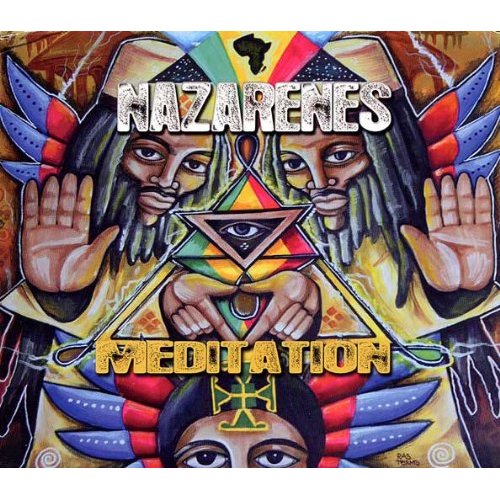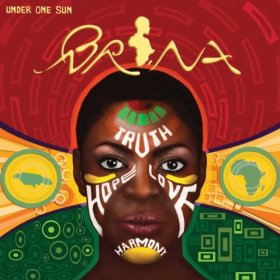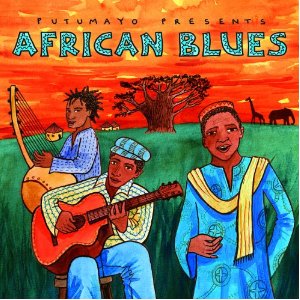 I now reminisce that were it not for my dire quest for profundity in African studies as part of my extra-curricular knowledge, I would possibly have been very ignorant of the prowess, glory, splendor, greatness, charm, might and valiance displayed by key women of African descent whom I refer to as the “Queens of the Mother Continent.” Though it seems posterity has almost thrown them into oblivion, their names will never be erased from the pages of history. To quote one of the great sons of Africa, Nelson Mandela, “A history of the people may be distorted but it can never be destroyed!”
I now reminisce that were it not for my dire quest for profundity in African studies as part of my extra-curricular knowledge, I would possibly have been very ignorant of the prowess, glory, splendor, greatness, charm, might and valiance displayed by key women of African descent whom I refer to as the “Queens of the Mother Continent.” Though it seems posterity has almost thrown them into oblivion, their names will never be erased from the pages of history. To quote one of the great sons of Africa, Nelson Mandela, “A history of the people may be distorted but it can never be destroyed!”
One such great Queen is Queen Amina of Zaria, which is now a province in Nigeria. History testifies that this is the Queen who, in her 34th year of reign in the 15th Century A.D., expanded the domain of Azaria to its largest size ever. She is mostly credited for popularizing the city wall fortification that has remained a distinct feature of any Hausa community to date. She is remembered as “Amina Ya Bakwa-ta San rana,” which literally means ‘”Amina daughter of Nikatau, a woman as capable as a man.”
Then there is Candace, Empress of Ancient Ethiopia, one of the great military tacticians and field commanders the world has ever known who surprisingly managed to stop the ever conquering and victorious young Alexander the Great from invading Ethiopia at the borders of her territory in the 4th century B.C.
And in the 17th century A.D., there lived Nzingha Queen of Matamba in Southwest Africa. She was a visionary, a military and political leader, competent and self-sacrificing who bravely waged wars against the slave hunting Europeans for a period of over 30 years. In his letter to the Portuguese monarch in Lisbon, a Portuguese army General wrote about her:
“She is the greatest military strategist that ever confronted the armed forces of Portugal. Her tactics keep our commanders sweating in confusion and dismay. Her aim is nothing less than total destruction of the slave trade.” (Williams, 1986; 256).
The pages of history also testify that having realized with dismay that the Ashanti kings were generally filled with cowardice to militarily confront the British colonial administration in the Gold Coast that had detained their king, Nana Prempeh I in 1896, five years later, Queen Mother Yaa Asantewa took up arms and led an Ashanti army in the Gold Coast to fight the British troops in the last and most bloody battle of the 10 Anglo-Ashanti wars. She was later captured and banished into exile in Seychelles where she died in 1923. It is this war that entered in the annals of history as the last war in Africa ever led by a woman.
When the British invaders, otherwise known as the ‘Pioneer Column,’ began to ferociously expropriate land and cattle from the Africans, Nehanda who is remembered as a ‘Great Mother Of Zimbabwe’ in collaboration with other leaders waged fierce battles against the British in the late 1890s, which the present African Zimbabweans refer to it as the ‘1st Chimurenga War of Land Liberation.’
 Another great woman of African descent is Sojourner Truth who was born as a slave in 1797 in the USA. One day she left her home with only 25 cents in her pockets to launch a massive campaign against slavery. Though she was physically assorted and mudslinged for merely exposing the brunt of slavery, Sojourner Truth could not be swayed an inch nor be stopped outright.
Another great woman of African descent is Sojourner Truth who was born as a slave in 1797 in the USA. One day she left her home with only 25 cents in her pockets to launch a massive campaign against slavery. Though she was physically assorted and mudslinged for merely exposing the brunt of slavery, Sojourner Truth could not be swayed an inch nor be stopped outright.
There is also Harriet Tubman who was born in 1820 on one of the slave breeding plantations in the USA. She first freed herself, then later her brothers and sisters who were also in the shackles of slavery and went on to establish a route called the ‘underground railroad’ through which she rescued many other Africans to find the road to freedom. It had to take the audacity of the angry slave owners to offer US$40,000 as a reward for Harriet’s capture. However this did not materialize.
Another great woman is Madame C. Walker who was born in 1867. Albeit widowed at the age of 20, she thrived in the business spheres and became the first woman millionaire in the USA. By 1919 she had employed about 25,000 black women in her factories.
The list is just endless. Probably due to a large extent because of their skin color and to a certain extent because of their gender, there are many other great “queens” or rather, women of African descent, who have unfairly been denied the utmost veneration and great honor they deserve. Among the many are: Queen Kahina of North Africa, Hatshepsut, Tiye and Nefertari, Nefertiti, who were the queens of ‘Kemet’ which literally means ‘Land of the Blacks,’ otherwise known as ancient Egypt. Nandi the mother of Shaka Zulu, Empress Taytu Betul, Ellen Craft, Mary Church Terrell, Ida B.Wells, Queen Mother Moore and Makeda the Queen Of Sheba who is said to have visited King Solomon in Jerusalem and later bore him a baby boy, Abna Hakim who became the first King of ancient Ethiopia arising from the King David’s lineage or solomonic dynasty. A dynasty which scholars in African history argue that it continued to exist since then uninterrupted, until recently in 1974 when the incumbent king was deposed.





